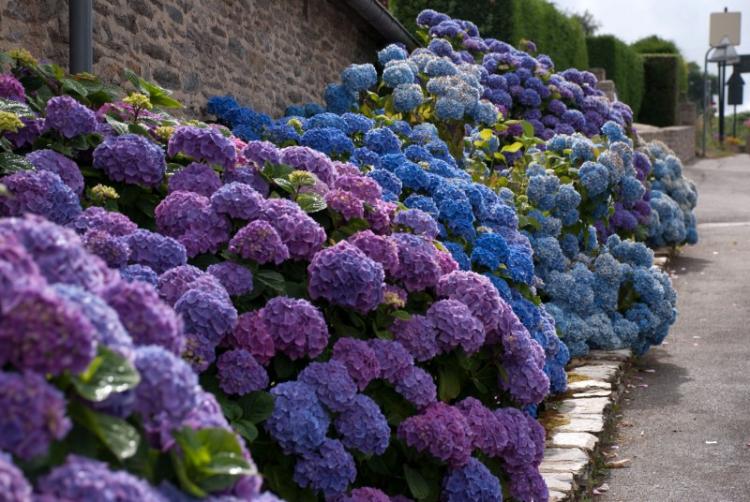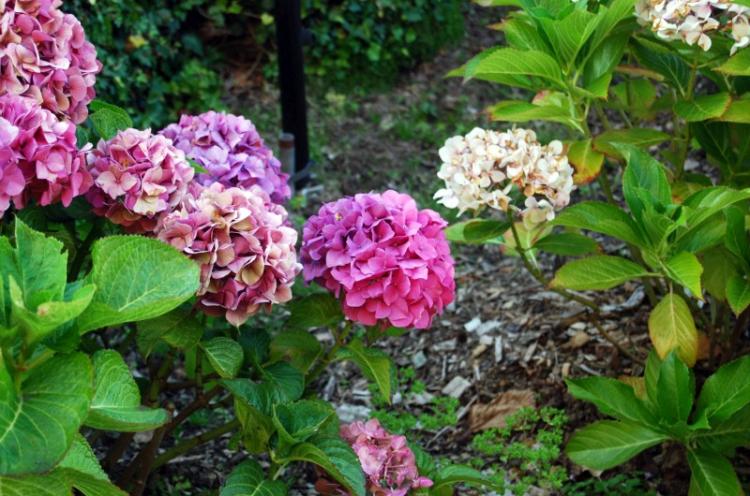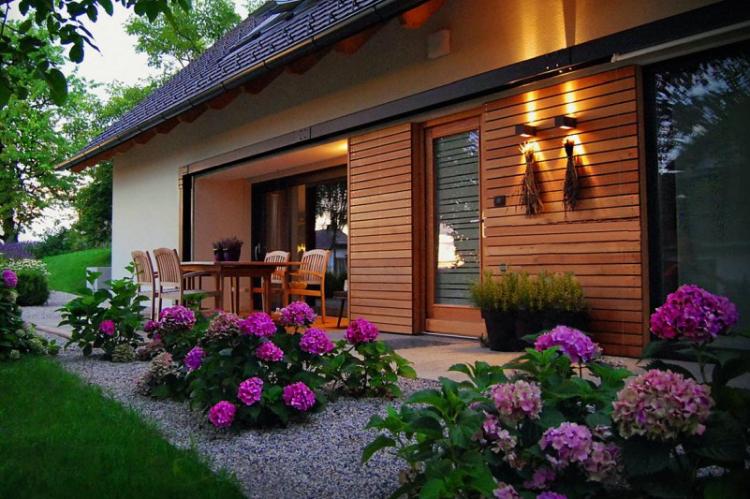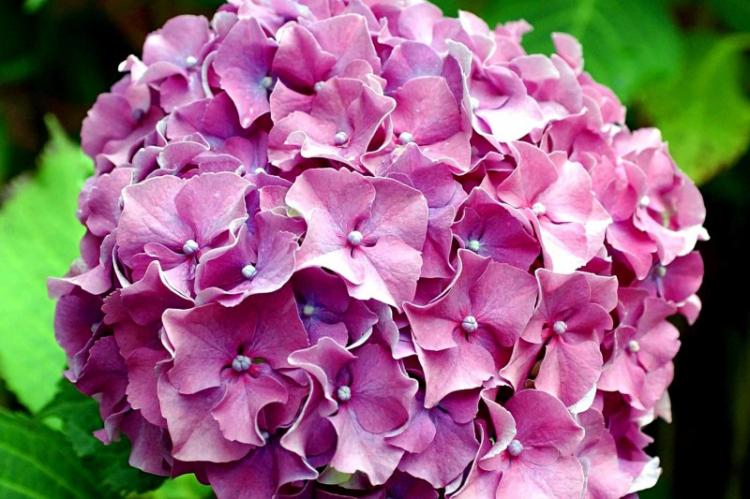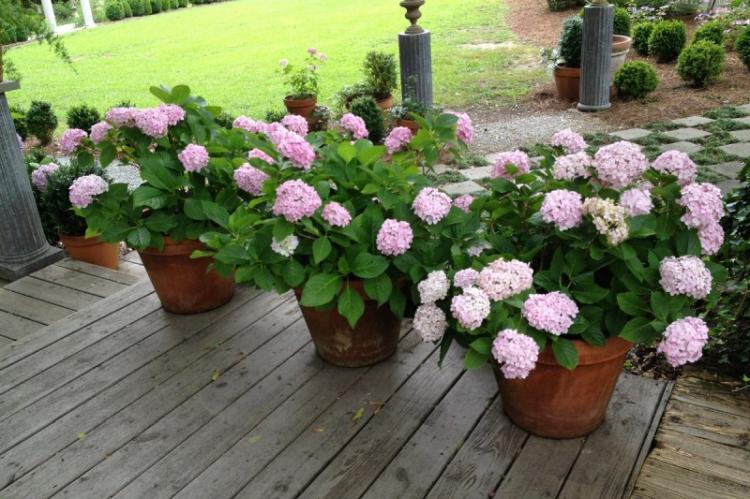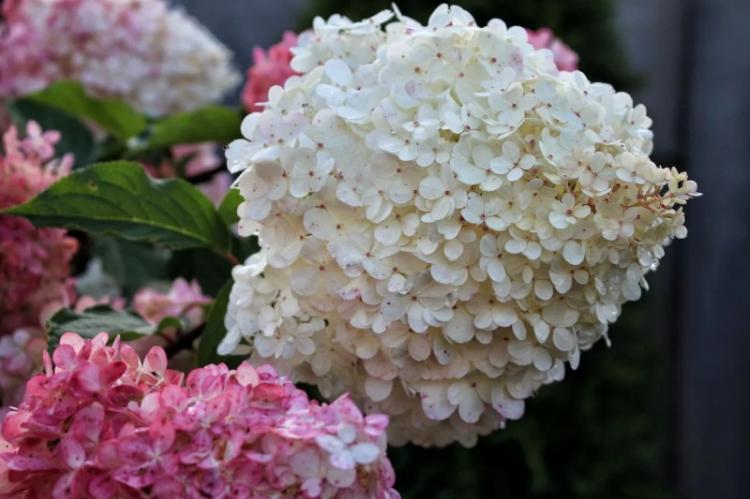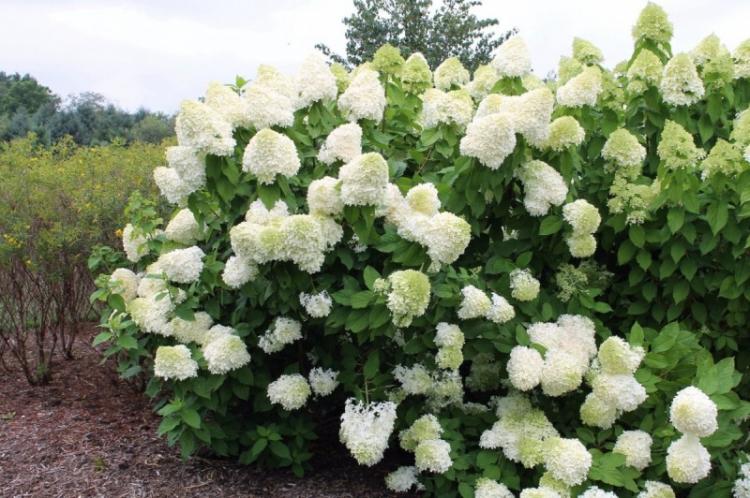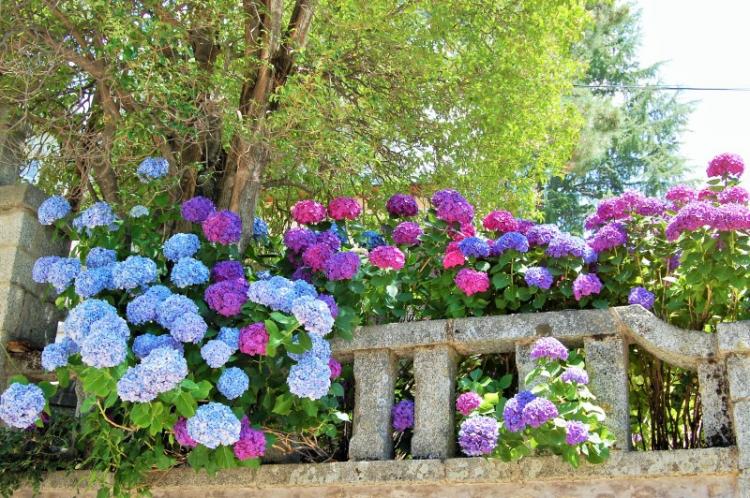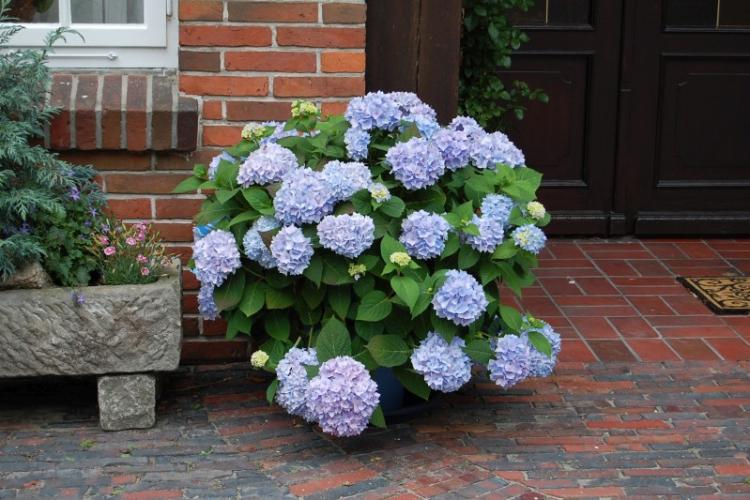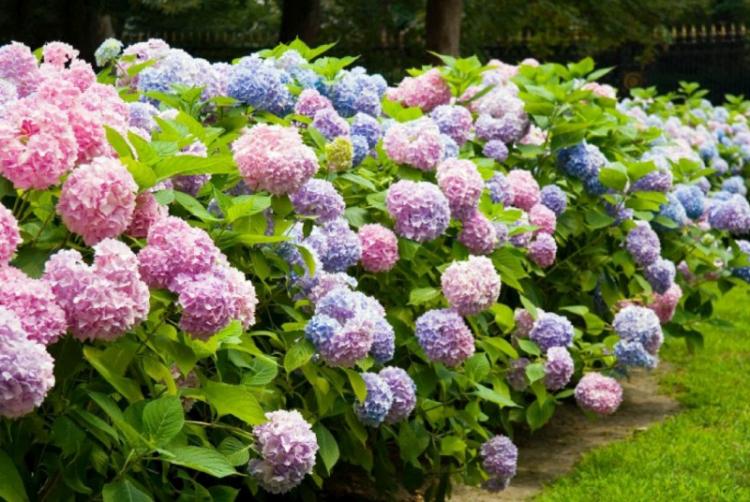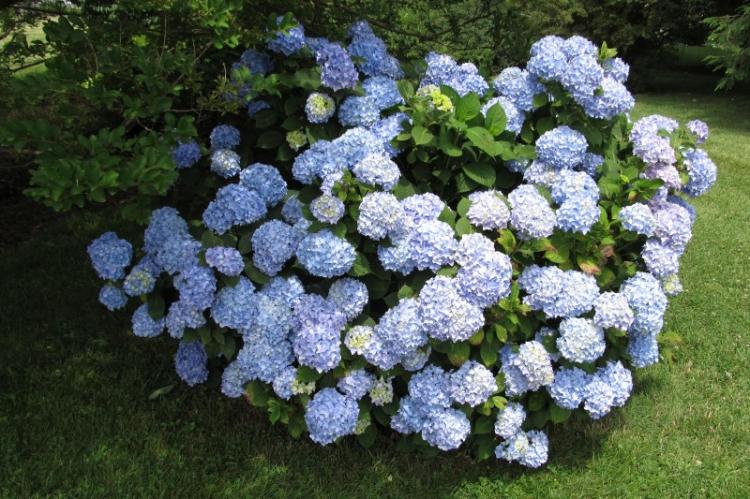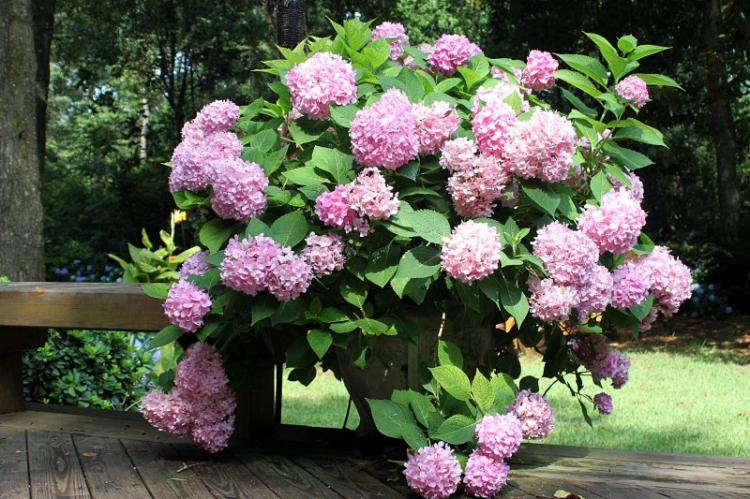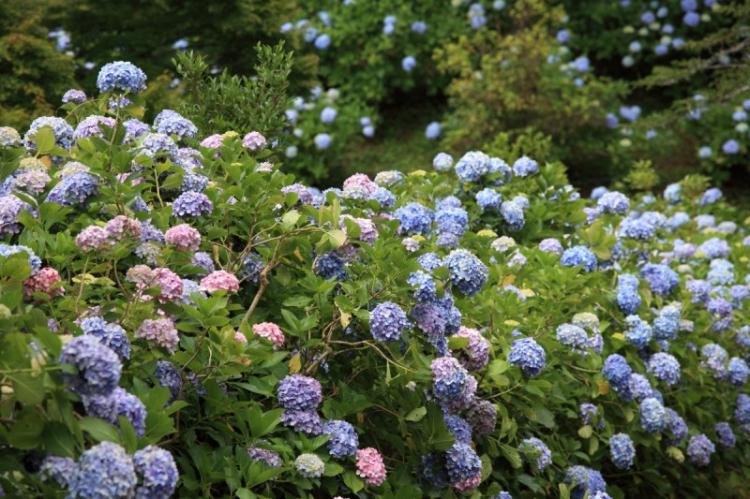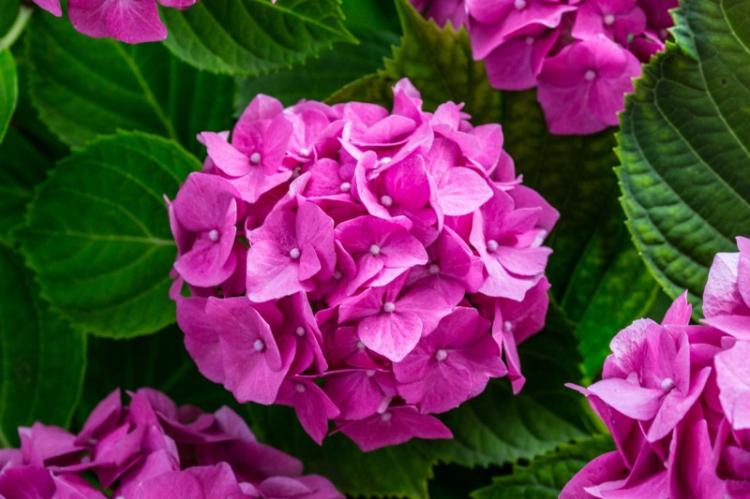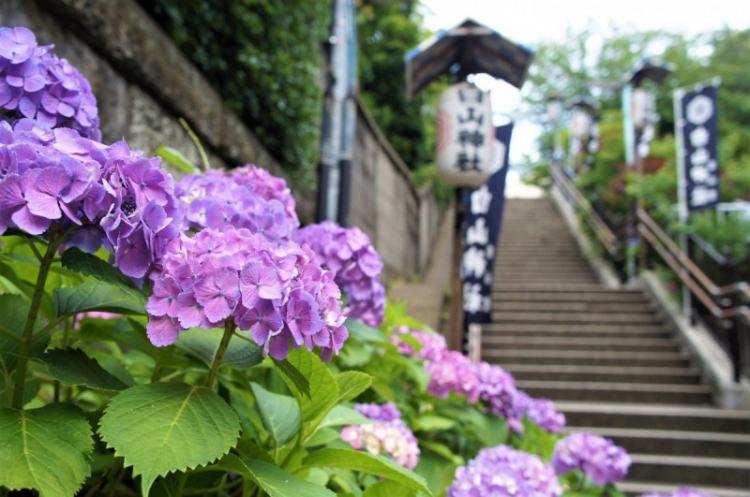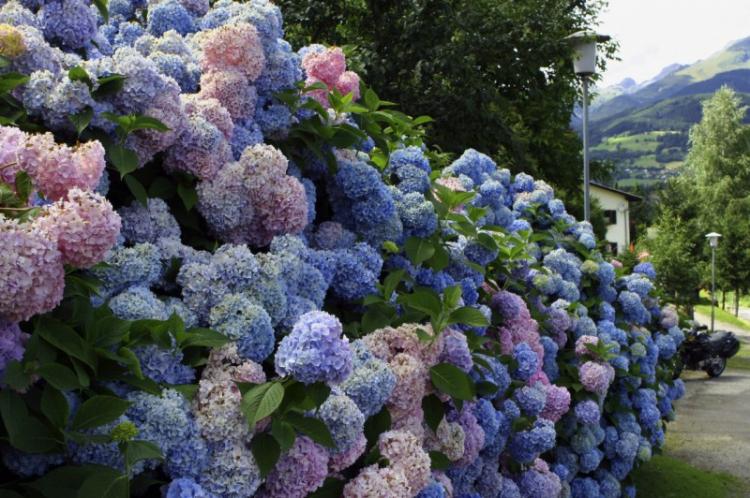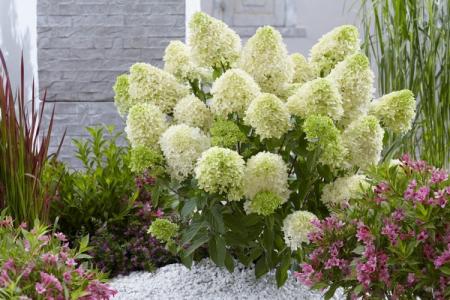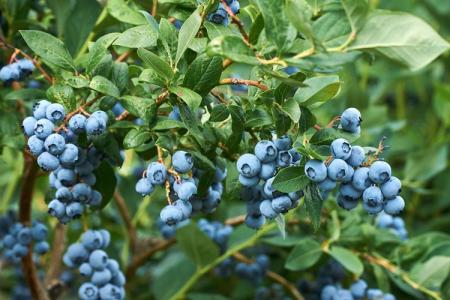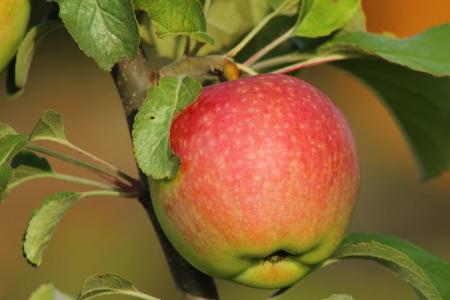
The lush and colorful hydrangea is loved by florists and gardeners around the world. Beautiful and unpretentious, it decorates flower beds, gardens, courtyards, alleys and parks. In landscape design, it is unmatched. And thanks to the ease of care, you can even grow a hydrangea in a box on the windowsill or on the balcony!
general characteristics
Garden hydrangea is listed in the family of the same name, which unites several dozen species. These are mainly three-meter shrubs, which are both evergreen and deciduous.
But there are small trees and even graceful lianas that wrap around the base and rise tens of meters along it. And in middle latitudes with a pronounced change of seasons, deciduous varieties take root better.
Hydrangea leaves are oval, mutely pointed, with a jagged edge and veins on the surface. Basically, they are quite large and grow opposite each other. Hydrangea blooms from spring to the first frost, for which gardeners appreciate it. Large lush inflorescences can be paniculate, spherical and corymbose. Some of them bear fruit, and some are sterile.
The color depends on the variety. Each species has tens and hundreds of subspecies. White hydrangeas are the most common. But there are all shades of pink, blue, red, cream and lilac. It depends not only on the variety, but also on the composition and condition of the soil. For example, hydrangea absorbs aluminum from acidic soils, and it paints the petals blue. In an alkaline environment, they are lilac or pink.
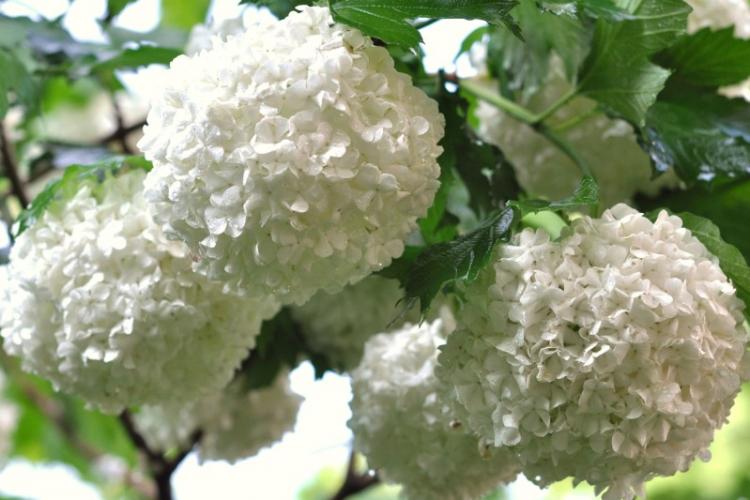
Distribution history
Hydrangea came to Europe at the turn of the 13th and 14th centuries. She was especially loved by French and English aristocrats. Then only two types were available to them: scarlet and white.
In nature, hydrangea grows in all its diversity in East Asia. It also occurs in America. Less often - in the Far East.
Hydrangea is a feminine name common during the era of the popularization of the flower. The name of the plant was given by the French botanist Philibert Commerson. In Japan, the flower is called Ajisai, which stands for "sunny purple flower". The literal translation of the Latin Hydrangea is "a vessel with water". This simultaneously reflects the flower's love for moisture and the pitcher-shaped bolls.
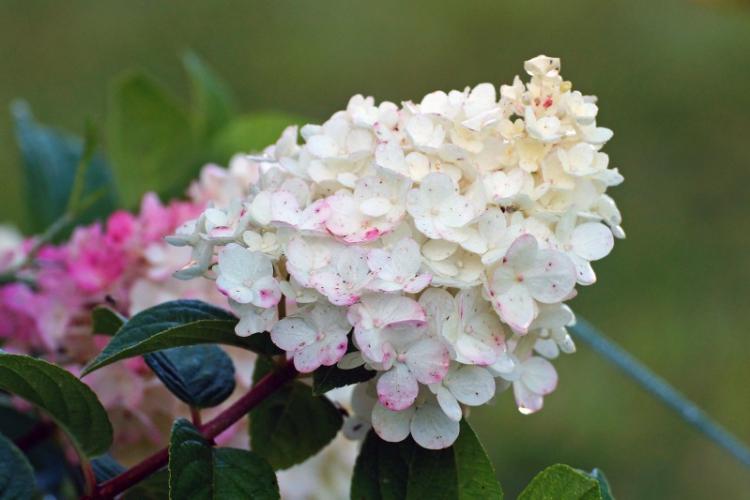
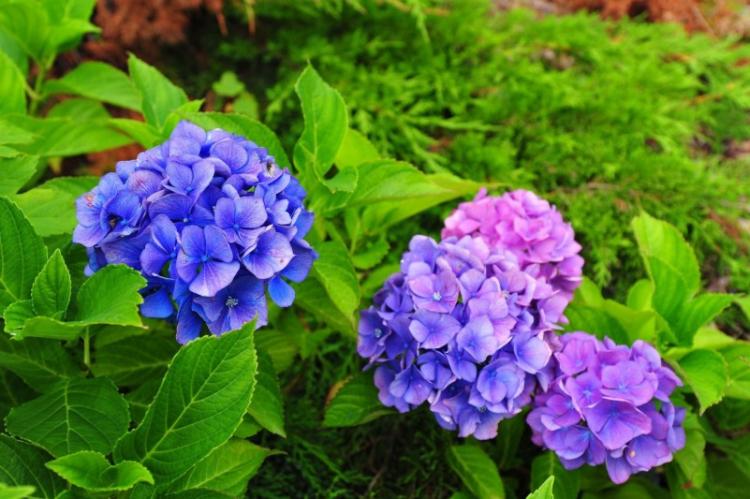
Types of hydrangea
Despite the existence of about a hundred variations of hydrangea, only a few of them coexist outside their native habitat. This is due to the climate. Flowers do not tolerate intense heat, frost, or sudden annual temperature drops.
Large-leaved hydrangea
This is a classic garden hydrangea with dense bright green leaves and hemispherical umbellate inflorescences. The shade depends on the soil and watering. There are also interesting varieties with double petals.
Flowers bloom on last year's stems. New shoots are too grassy. Therefore, the species does not tolerate cold weather. Some varieties of large-leaved hydrangea can be grown at home or on a balcony. They do not differ from garden counterparts in anything except size.
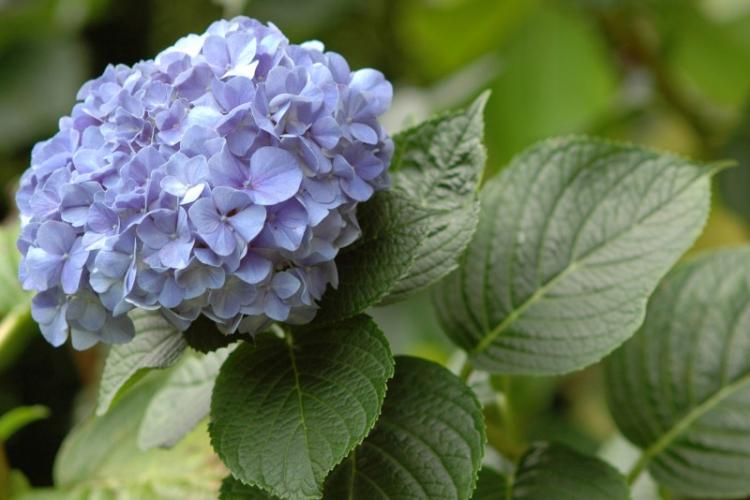
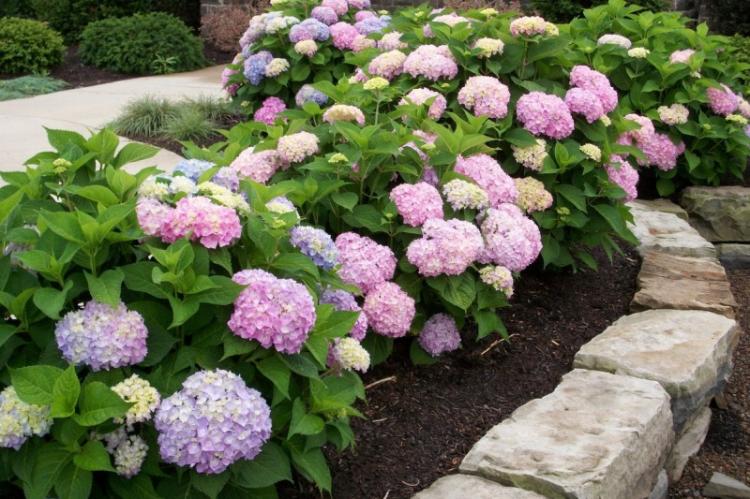
Tree hydrangea
Lush tall treelike hydrangea gets along well in mid-latitudes. As the inflorescence unfolds, it changes its shade from greenish to white or delicate cream. Of the interesting varieties - pinkish Invisible Spirit, wildly blooming Sterilis, large snow-white Annable and Grandiflora.
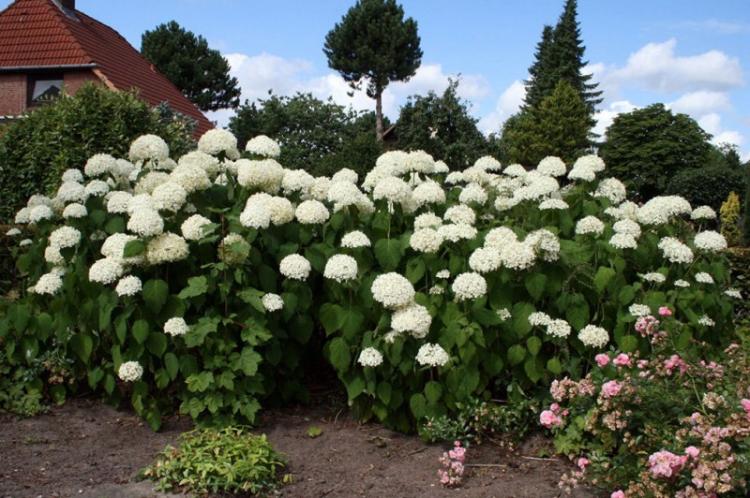
Petiolate hydrangea
It belongs to shrub vines that twine around the support and confidently stretch 25 meters. This is an interesting solution for landscape compositions, arches and gazebos. The petiole hydrangea feels comfortable in the sun and in the shade. Pinkish inflorescences quickly fall off, but grow to an impressive diameter.


Oak-leaved hydrangea
A beautiful shrub with bright leaves boasts long snow-white inflorescences up to 30 cm.As it grows, the flowers change color to purple. Oak-leaved hydrangea requires particularly careful insulation for the winter.
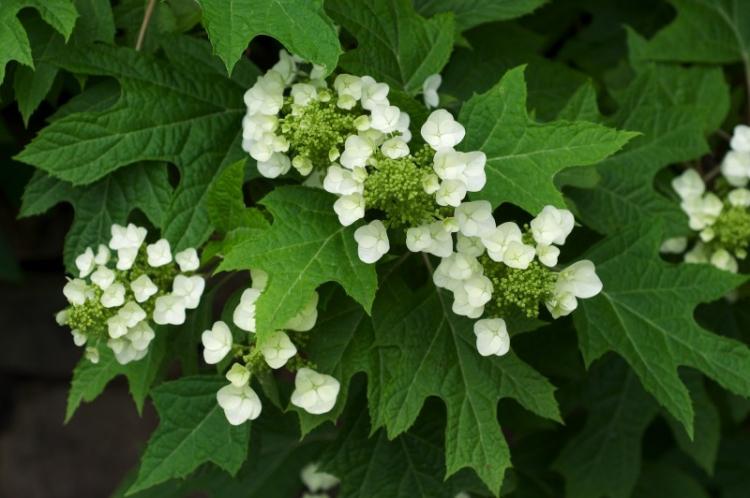

Hydrangea Bretschneider
This neat, beautiful bush is resistant to drought and cold. Small fruiting flowers are collected in wide umbellate inflorescences.
Reddish shoots look very unusual. They are dotted with lamellar cortical exfoliation and hairs. Before the beginning of winter, they safely lignify. The Bretschneider hydrangea variety can be propagated by seed.
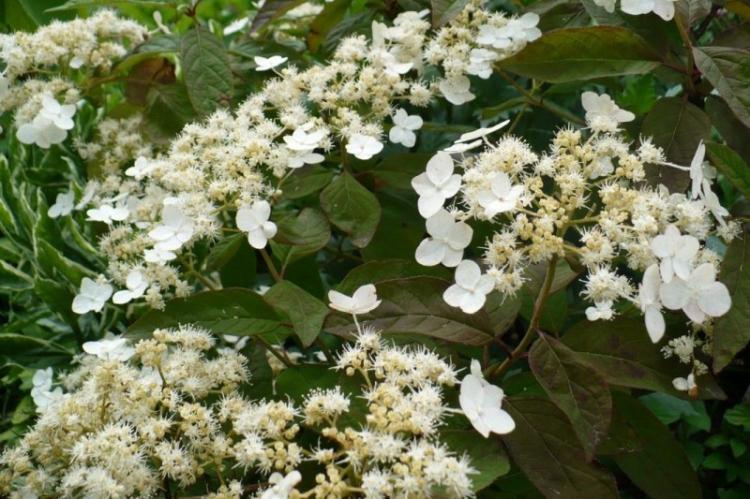
Panicle hydrangea
In its natural environment, it is a large shrub or tree up to 5 meters high. In one place she lives up to 40 years. And this is without regular transplants! A find for gardeners.
The stem quickly gains strength and lignes. Therefore, panicle hydrangea belongs to the winter-hardy species. Abundant pyramidal inflorescences can change shade up to brick. They grow on the stems of this year.
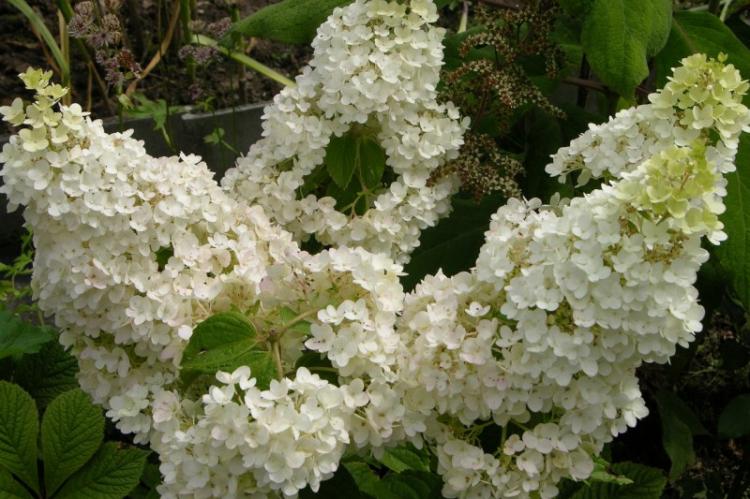
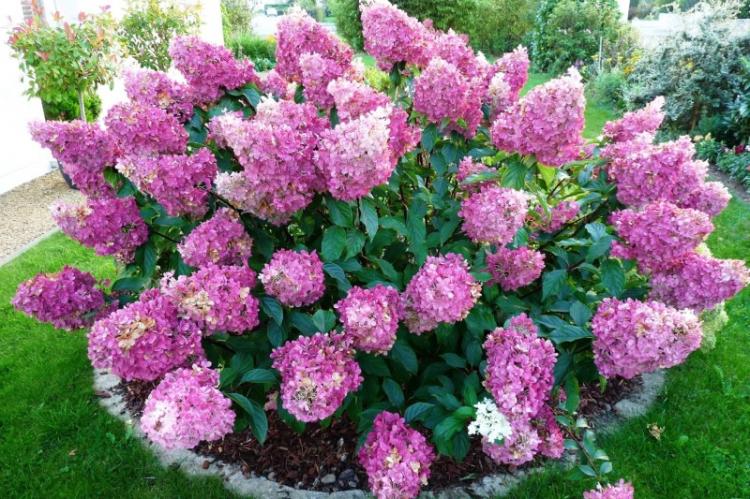
Groundcover hydrangea
This is an unusual winter-hardy species, which is also called variegated. The reverse side of the dark elongated leaves is covered with a small fluff. The inflorescences open white, but turn pink over time.
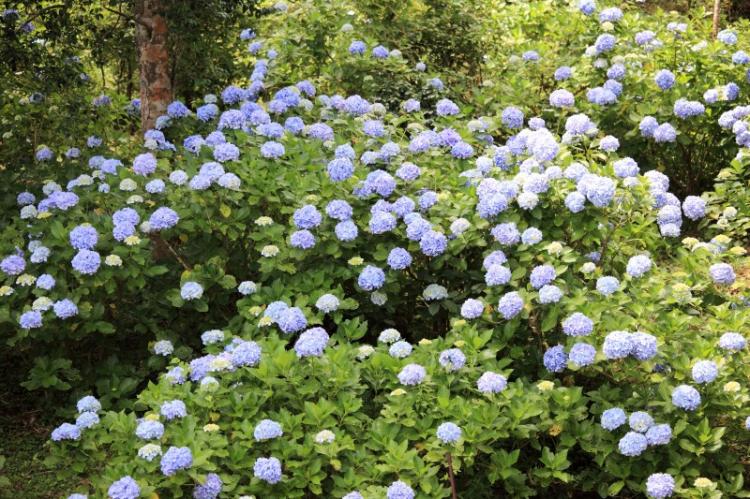
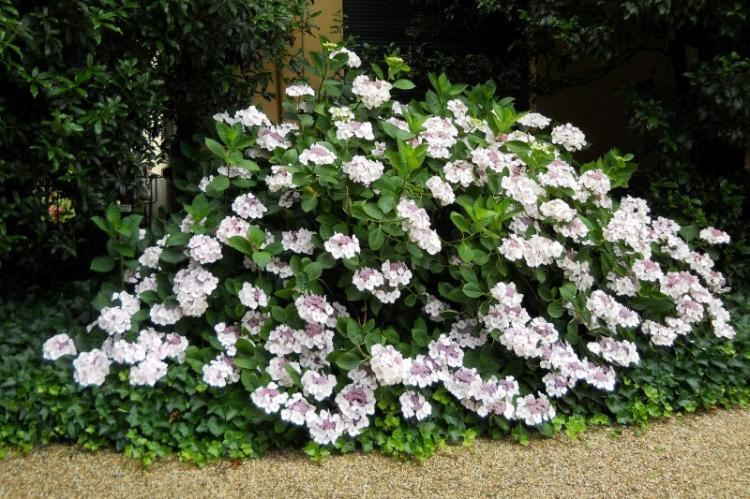
Ash hydrangea
This type of hydrangea is notable for two things: it blooms until late autumn and is suitable for hedges. Sterile small flowers stand out against dull membranous leaves.
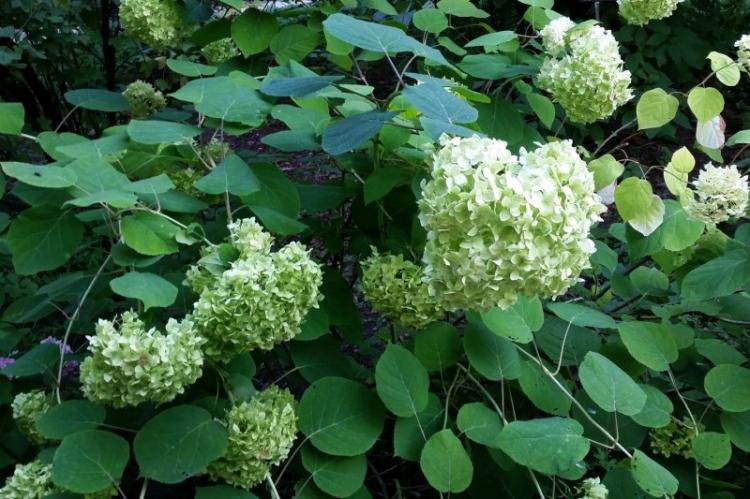

Hydrangea care
Hydrangea is extremely unpretentious, therefore it does not cause trouble. She gets along well with different neighbors. Especially with the same lovers of acidic soil. For example, with erika, heather, waterberry.
Temperature
The optimum temperature for hydrangeas is 18-22 degrees. Do not allow a strong decline and sharp drops. In winter, during the dormant period, you can lower it to 9 degrees. And rearrange the flowerpots in a cool shaded place. This will allow the plant to bloom better.
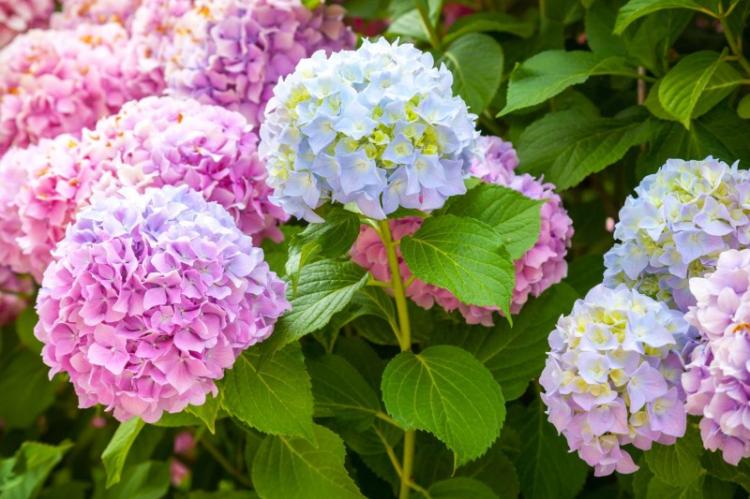
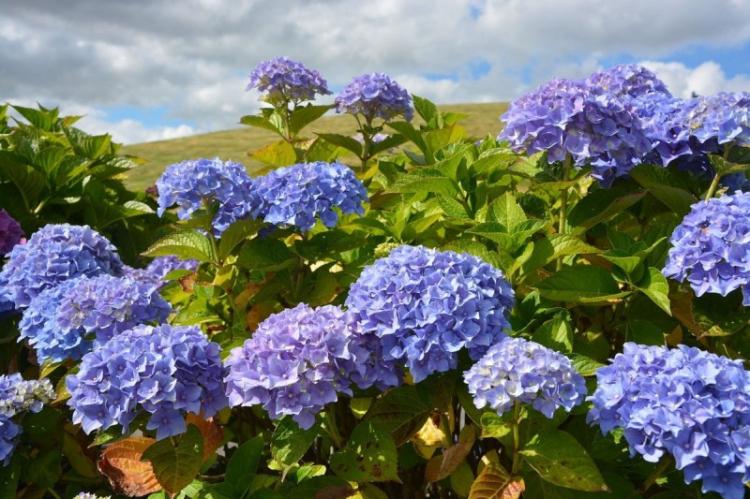
Lighting
Choose well-lit areas, but not in direct sunlight. Hydrangea does not develop in the shade. A sill on the south side is also not the best choice. In this case, leave a distance of at least 3-4 meters. Otherwise, spots may appear on the leaves.

Watering
Use only warm and previously settled water for watering hydrangeas. You can use a rain shower. Please note that the plant does not tolerate lime. The recommended acidity for irrigation is up to 5.6 PH.
Hydrangea does not like dryness, so do not let the soil dry out. The maximum is the dried top layer.
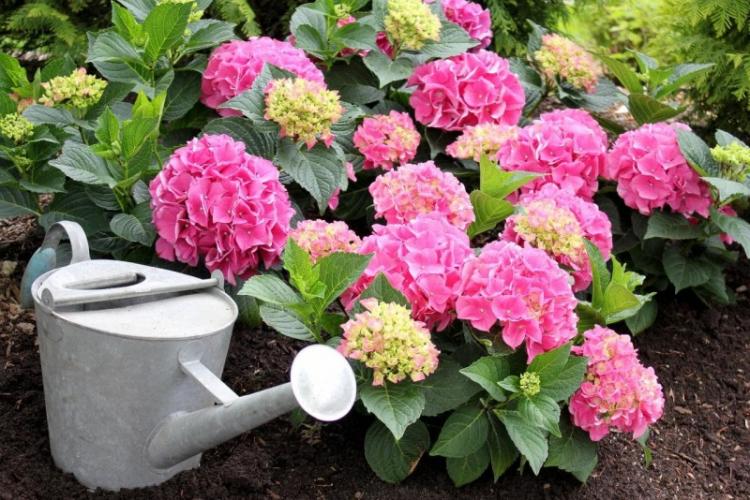
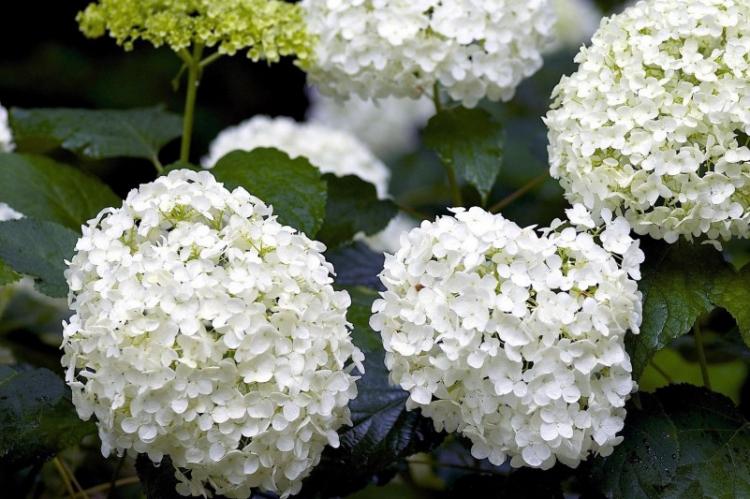
Fertilizers and feeding
Hydrangea loves organic fertilizers, humus. They need to be brought in twice a year: before flowering and after. In the spring you can use urea. In autumn, it is better to choose mineral fertilizers.
But don't overfeed the flower! If the inflorescences become too large and heavy, the branches will simply break under stress. For the same reason, it is recommended to tie up the largest branches.
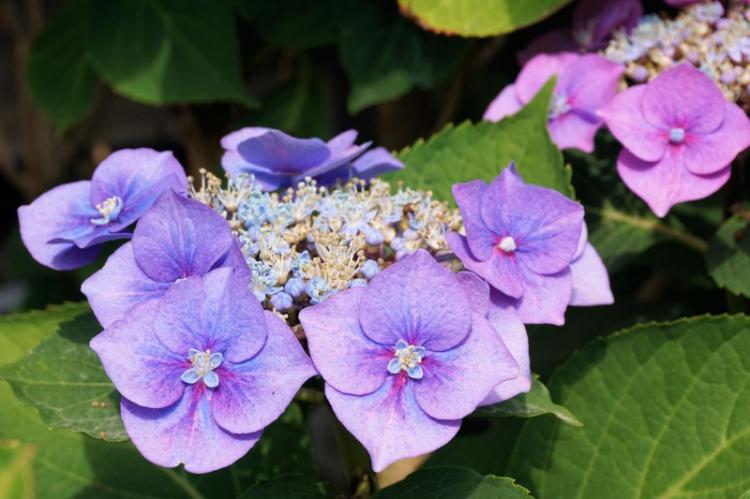
Pruning
Like other shrubs, hydrangeas need to be pruned periodically. Ideally - before the onset of cold weather, in the second half of October.
You can safely cut off old bushes at the root. This is how they are updated. Leave a couple of buds from young shoots. This makes it easier for the bush to hibernate. In the spring, boldly cut off all the frozen areas. Soon the hydrangea will release new inflorescences.
For the first year, remove all flowers as soon as they appear. So the shrub will have time to get stronger and next year it will open in all its glory.
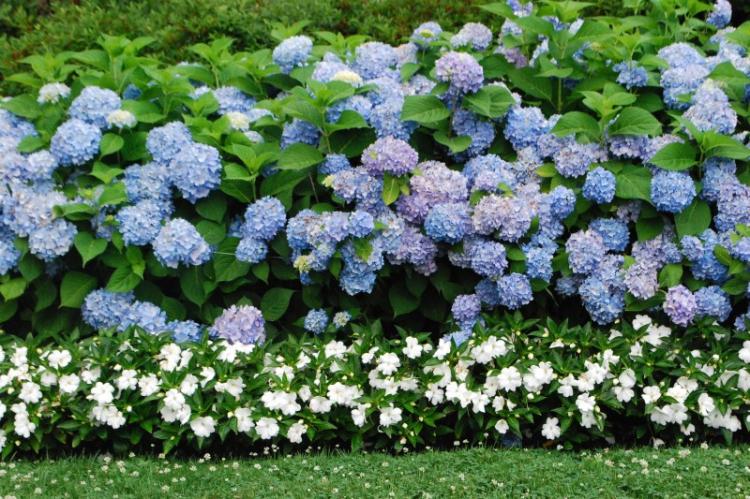
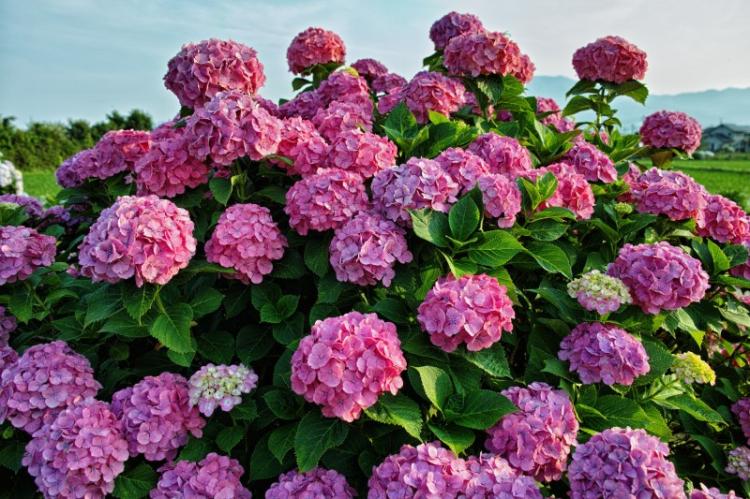
Coloring flowers
For the sake of blue and blue hydrangeas, you will have to resort to a little trick: use aluminum sulfate or crystals when watering. For pinkish and reddish shades - potassium permanganate. In order for the hydrangea to bloom early, take care of a winter horizontal shelter.
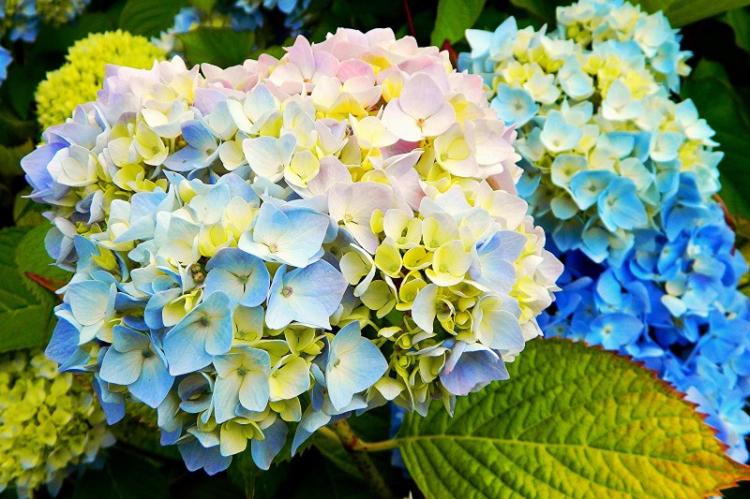
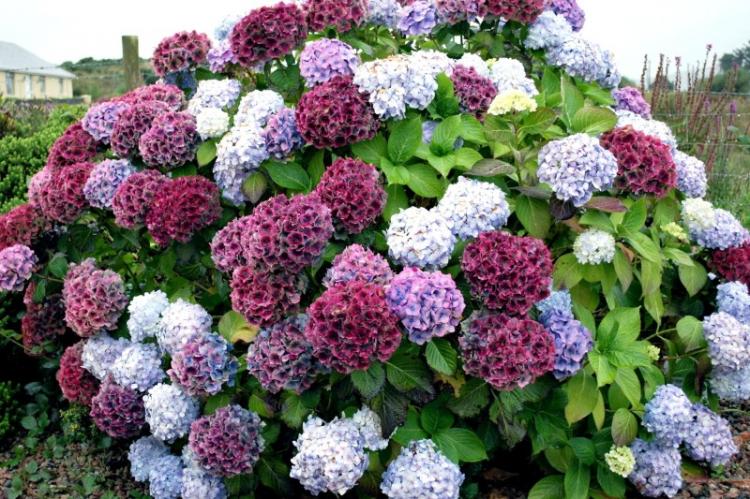
Planting and breeding hydrangeas
Plant your hydrangea in spring or fall. In the spring it's better. Then the seedlings will just take root and take root in the cold.
Prepare a square hole approximately 0.3x0.3x0.3m. The soil should be loose, good air flow to enrich the rhizome.Add fertilizers, sand to it, mix it all with turf and fill in peat. When planting, do not deepen the root collar into the ground. Humus is also suitable for mulching.
You can plant hydrangeas in groups or separately. It is suitable for the formation of hedges. Only then, instead of holes, it is more convenient to immediately dig a small ditch and plant seedlings at a distance of 2-3 meters. For small varieties, it can be reduced to 1 meter.
Hydrangea propagates by annual cuttings harvested in April-June. For large-leaved varieties, winter cuttings are allowed.
Alternative methods are layering from buried young shoots and dividing the bush during transplantation. Seeds and grafts are hardly ever used. Especially in everyday life.

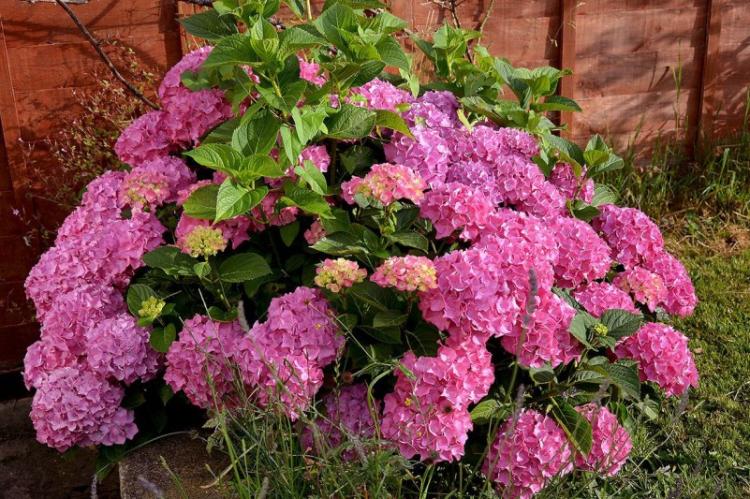
Pests and diseases
Like any garden shrubs, hydrangeas have not been able to avoid a number of typical problems:
- Oily yellow spots on the leaves usually indicate powdery mildew. Spray the plant with preparations containing copper and fungicides.
- Small cobwebs on the back of the leaves, their drying and falling off indicate a spider mite. To get rid of it, use insecticides.
- Using tap water sometimes leads to leaf chlorosis.
- Darkened tips indicate dry air or an excess of mineral fertilizers. To get started, be sure to start spraying the hydrangea in the heat.
- Brown spots and black spots - the so-called spotting. It is a fungal disease that is treated in the same way as powdery mildew.

Hydrangea - photo
Bright, variegated and varied hydrangeas are a godsend for a garden and flower beds. Just look at how much beauty you can do with your own hands! We offer this collection of photos for inspiration!
